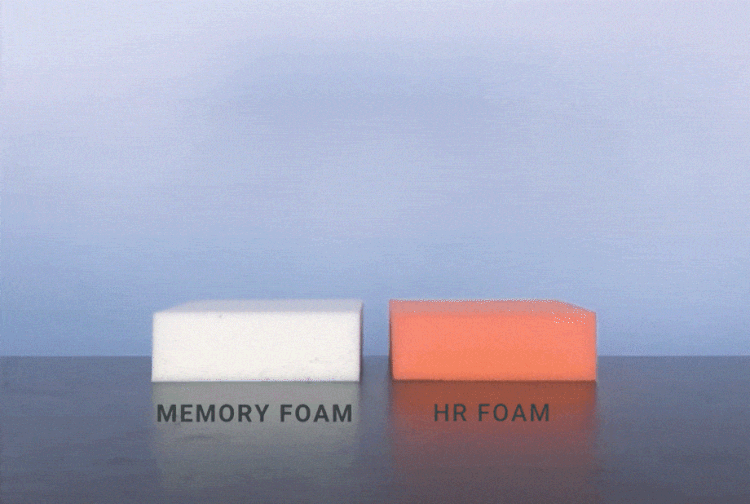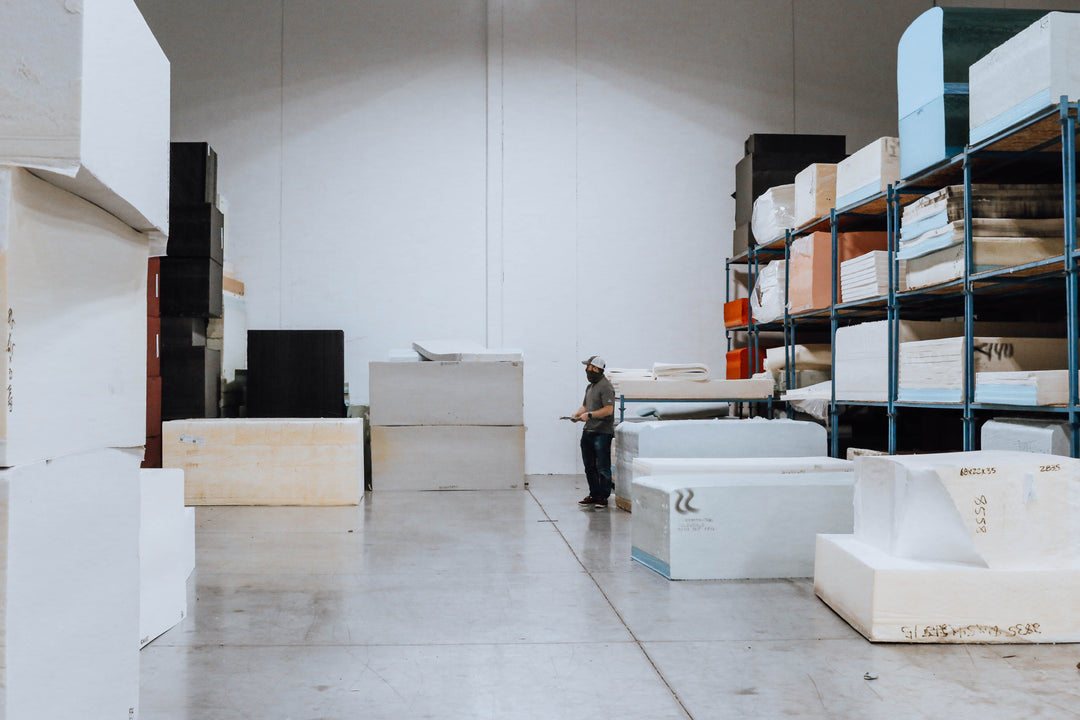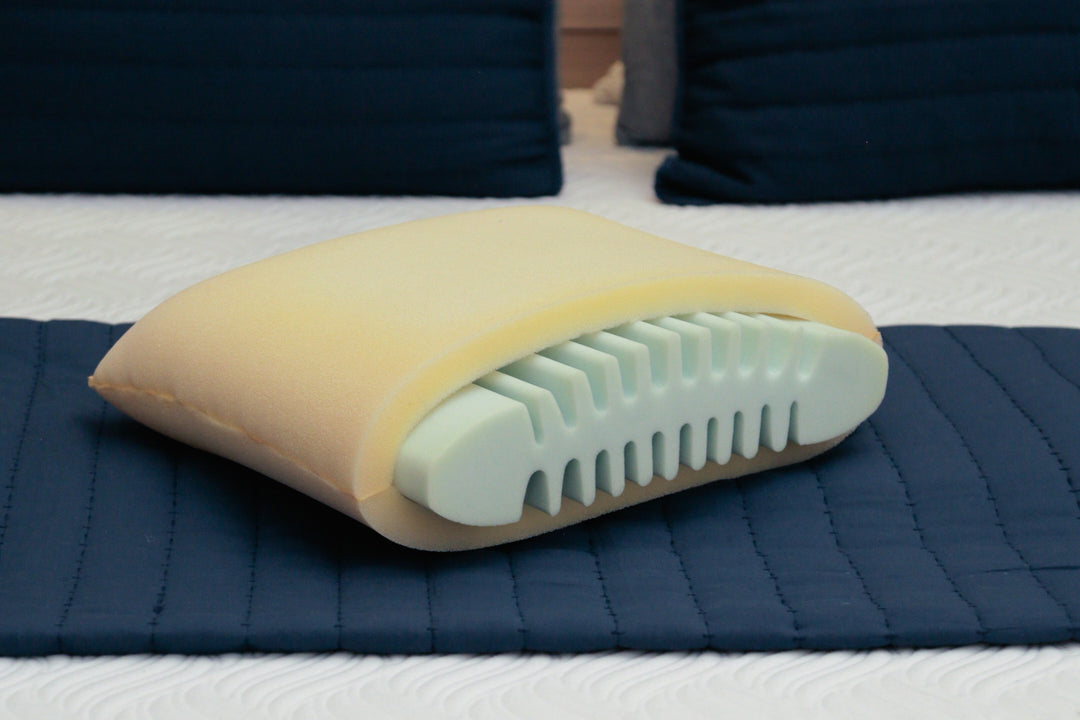When done properly, back sleeping is the best position for back pain relief.
Experts have always praised back sleeping for its various health benefits. It's helpful, because of the pressure on your spine helps to keep it aligned.
Some studies suggest it might even lead to fewer facial wrinkles and less frequent heartburn! (Aesthetic Surgery Journal, Sept. 2016, promise we aren't making this up). Of course, it does tend to make snoring and sleep apnea worse. However, on the whole, it’s still probably the healthiest way to rest.
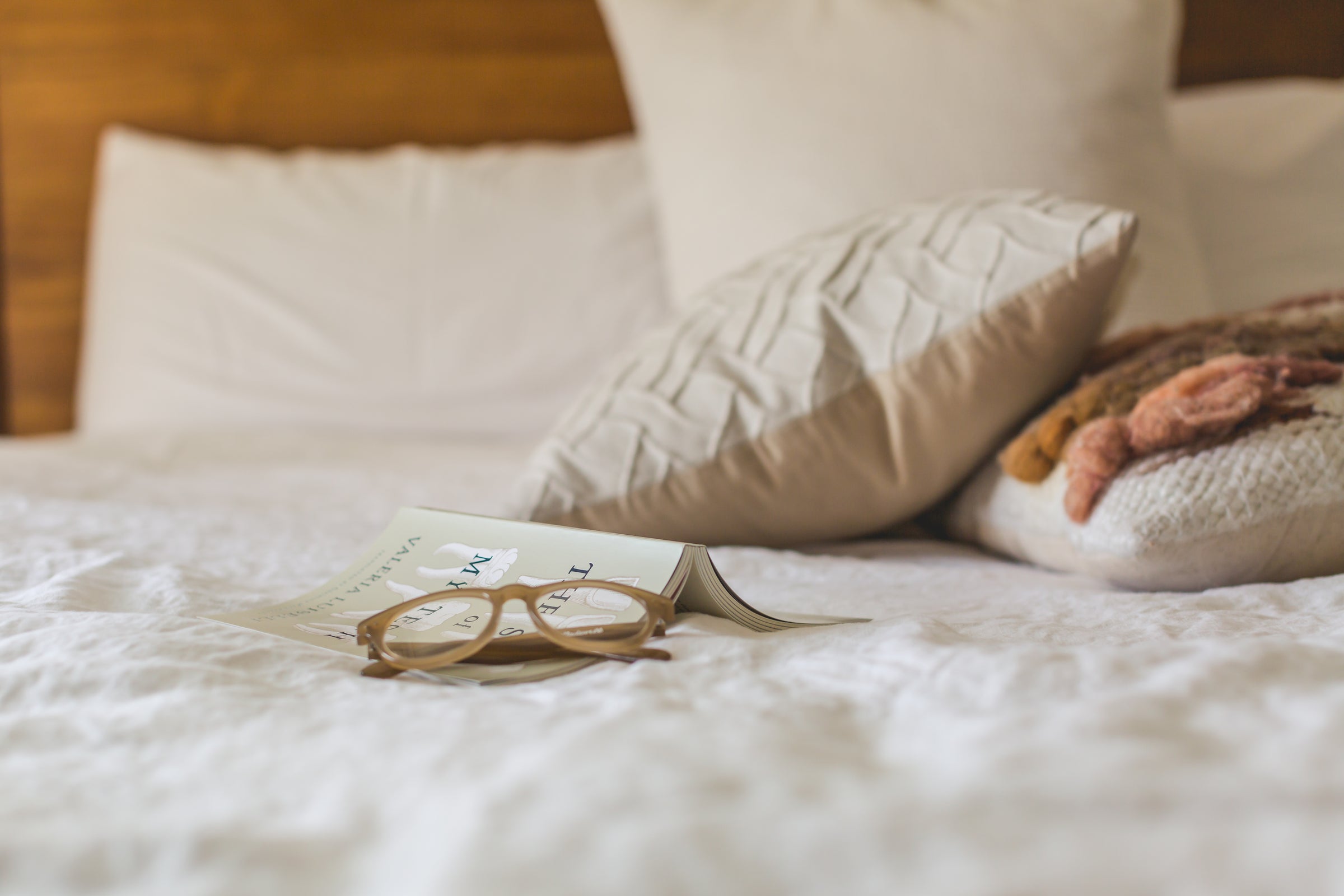
What does a back sleeper need in a mattress?
Support
Back Sleeper's spine needs a bed that is both responsive and supportive. They want a surface that won’t let them sink into their bed, completely unstructured, but they also need something that won’t push their back into an unnatural contortion. Ideally, such a mattress will provide slight pressure relief to make room for curves without mis-aligning their lumbar.
where do i start?
Responsive fOam
On the top, a layer of pressure relieving foam might be good. When you hear pressure relief, you probably think of memory foam, but don't worry. If memory foam isn't your cup of tea, there are plenty of compromises to consider. We might recommend a hybrid material that mixes the best benefits support and pressure relief.
Support
There are a couple of components you’ll want to consider, such as latex, or latex-like foams that are firm, but not too firm. This accounts for the needed support factor.
Focus on durability
Finally, at its core, you’ll want a high-density foam that can stand up to years of comfortable sleep.
Ready to explore more options? Check out a selection of back sleeper approved custom mattresses below!
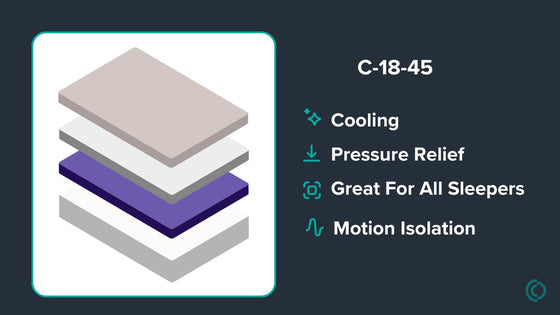
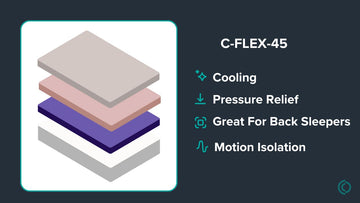



SoftFlo Pillows
Sleeping on your back provides you with the most flexibility when it comes to pillow selection. Learn how pillows fit in with your sleep.




